Monument to Marshal Georgi Konstantinovich Zhukov. Photo: QH |
I came to Russia, specifically Moscow, a city of more than a thousand square kilometers, with a population of 12 million people, and a history of nearly 900 years, more than 10 days before the 74th anniversary of the Victory over Fascism. But fortunately for me, in such a short time, somewhat rushed, I was able to visit places that not only Russians call the "heart" and "soul" of Russia. And, right in the place called the "soul" of Russia, there is an "Eternal Flame" that, through all the rain, sunshine, and storms, has never been extinguished! I looked at and tried to understand Russia through those symbols...
Russian Soul
When talking about the characteristics of a nation, people often define its most typical meaning. France with Paris, the city of light, the land of civilization. America with Washington, where flags and flowers are brilliant... As for Russia, a symbol is very... symbolic: the Russian soul!
But the Russian soul is not symbolic, but has a specific, vivid appearance and image. That is the old Arbat street in the heart of Moscow.
Since the tomb was established, two young soldiers have been on duty at the tomb every day, taking turns every two hours. At the end of 1997, the Russian President issued a decree to place Honorary Guard No. 1 next to the Tomb of the Unknown Soldier.
Arriving at Arbat, it was late afternoon. Everyone was a bit regretful. Turns out they were wrong. The sounds of trumpets and instruments from street artists were getting louder and louder. Groups of people were walking leisurely, admiring or stopping by the art, photo, and book stalls.
Located in the middle of bustling and noisy Moscow, Arbat is like a private corner, peaceful and serene. The 1,200m long, straight street, between ancient buildings, is only for tourists from all over the world to walk, look and deeply feel a part of Russian culture and history.
Arbat Street is over five hundred years old, 532 years to be exact. It was originally just an old town, compared to the Kremlin, which was a suburb. Its original name may have come from the Arabic word arbad, meaning suburb, introduced by Eastern merchants. There is also another hypothesis that the street's name was taken from the Tatar word arba (rickshaw).
In 1736, Arbat Street was burned down and rebuilt. Since then, Russian aristocrats began to move here to live. Arbat gradually became a street of literature and music , because many talented Russian artists lived here such as: Pushkin, Gogol, Tolstoy, Saltykov-Shchedrin, Chekhov...
The aristocrats made the Arbat once glamorous. And the artists left their names on the Arbat through painting, music and literature.
In the heart of the country's economic and commercial center, the old Arbat street has many kiosks selling souvenirs, pictures, books and newspapers. The commercial space has been relegated to the second row, giving way to the cultural space. The real owners of the Arbat are the monuments, the portrait painters, the traditional Russian folk singers and dancers. The old Arbat street is one of the few oldest remaining streets in Russia today, bearing the ancient architectural style and cultural imprints of the indigenous people. Since the beginning of the 20th century, people have compared the Arbat to a window to see the inner life of Moscow. And now, coming to the old Arbat, you seem to be lost in another world, a world of festivals with the sounds of instruments, songs, and dances imbued with Russian character. And, who knows, in these precious moments, you can shake off your daily worries and pointless sorrows thanks to the silent yet lasting spread of Russian vitality and Russian soul?
The Eternal Flame in the Heart of Russia
The day I arrived at Red Square in Moscow was as late as the day I arrived at Arbat, it was already past 5 pm. Another unfortunate thing! In preparation for the Victory Day celebrations (May 9, 1945 - May 9, 2019), since mid-April, Red Square has been closed, only allowing visitors after 7 pm. It doesn't matter, from outside, hundreds of meters away, we still took countless photos of the magnificent structures here, from St. Basil's Cathedral with its onion-shaped domes, the Kremlin with its soaring towers and unique shapes, the restored Kazan Cathedral, the only sculpture monument on Red Square with bronze statues of Kuzma Minin and Dmitry Pozharsky, who liberated Moscow from the Polish occupation in 1612...
The author next to the sculpture “Pushkin and Natali” on Arbat Street. |
People have compared Arbat to the soul of Russia, and Red Square with the Kremlin to the heart of Russia, which is not wrong. This square is about 695m long and about 130m wide. In 1990, Red Square was listed as a World Heritage Site by UNESCO. When you actually go inside and see it with your own eyes, you will truly understand that each construction here can be considered a legend. Lenin's Mausoleum, the founder of the Soviet Union, after the 1991 incident, despite the subsequent arguments, the body of Vladimir Ilyich Lenin was still placed there and there were still guards! Although it was dark, many tourists still took the opportunity to take a picture.
In Russia, there are monuments everywhere. Each monument is a unique and one-of-a-kind work of art. The monument to the genius writer PM Dostoievski is the image of a man in pain, his back bent down, his face looking forward, as if he wanted to say something. Is the author of Crime and Punishment shouting to the world that Only Beauty can save humanity? The monument to Marshal Georgi Konstantinovich Zhukov, who was awarded the title Hero of the Soviet Union four times, the second person after leader Stalin in the Great Patriotic War, is located in Red Square, majestic and heroic on horseback, but looking to the west. It turns out that this monument was originally located in another location, but was later moved here.
During World War II, more than 70 million people died. It was the bloodiest war in human history. In the Soviet Union's Great Patriotic War alone, more than 8.6 million soldiers died, of which more than 3 million died while being taken prisoner by the Nazis. In total, this country lost 26.6 million people, more than the population of Vietnam at that time.
Next to the Kremlin wall in Moscow there is a special Monument. It is the Tomb of the Unknown Soldier where Russians and all mankind live and remember the millions of Red Army soldiers who died for peace.
There are monuments to the unknown soldier in Russia and many other places in the world. But the tomb in Red Square is unique.
In 1966, on the 25th anniversary of the defeat of the fascist siege of Moscow (1941), the remains of an unidentified Red Army soldier who died in this bloody battle on the Leningrad Highway, 41 km from the center of Moscow, were found. On December 3 of that year (later, December 3 every year is called the Day of the Unknown Soldier), at 11:45, the coffin containing the remains of the unknown soldier was solemnly brought from the old battlefield on the Leningrad Highway into the city center, on an artillery tractor. The solemn honor guard, carrying guns, walked slowly on both sides of the coffin. Behind them were veterans of the Great Patriotic War, walking in a group, wiping away tears as they walked. After the coffin was buried next to the Kremlin wall, a series of cannons rang out to send it off. That day, all activities throughout the Soviet Union stopped for three minutes of silence.
According to the decree of the Presidium of the Supreme Soviet at that time, a marble tomb was built, with a five-pointed star embossed on top. Next to the tomb, on a half-meter high rampart, there was a Victory Flag and a Red Army helmet cast in bronze. On May 8, 1967, the Tomb of the Unknown Soldier architectural complex was officially inaugurated. The eternal flame was lit from the center of the star on the tomb, which was transferred to the capital from the Marsov Monument in Saint Petersburg.
On the stone surface of the tomb is engraved the words: He is an unknown soldier, but his exploits are immortal. The author of the words is the poet S. Mikhalkov. On the stone wall to the left of the tomb is the words: Forever grateful to those who sacrificed for the Fatherland.
This May, it will be 80 years since the Soviet Red Army won the final victory over Nazi Germany, a victory that was decisive in ending World War II. Decades have passed, but the identity of the soldier whose body was placed next to the Kremlin wall remains unknown. He was an unknown soldier, but his feat is immortal, as S. Mikhalkov's poem inscribed on the tombstone.
BUI QUANG HUY
Source: https://baodongnai.com.vn/dong-nai-cuoi-tuan/202505/ky-niem-80-nam-ngay-chien-thang-phat-xit-9-5-1945-9-5-2025-nguoi-vo-danh-chien-cong-bat-tu-38c2ff8/


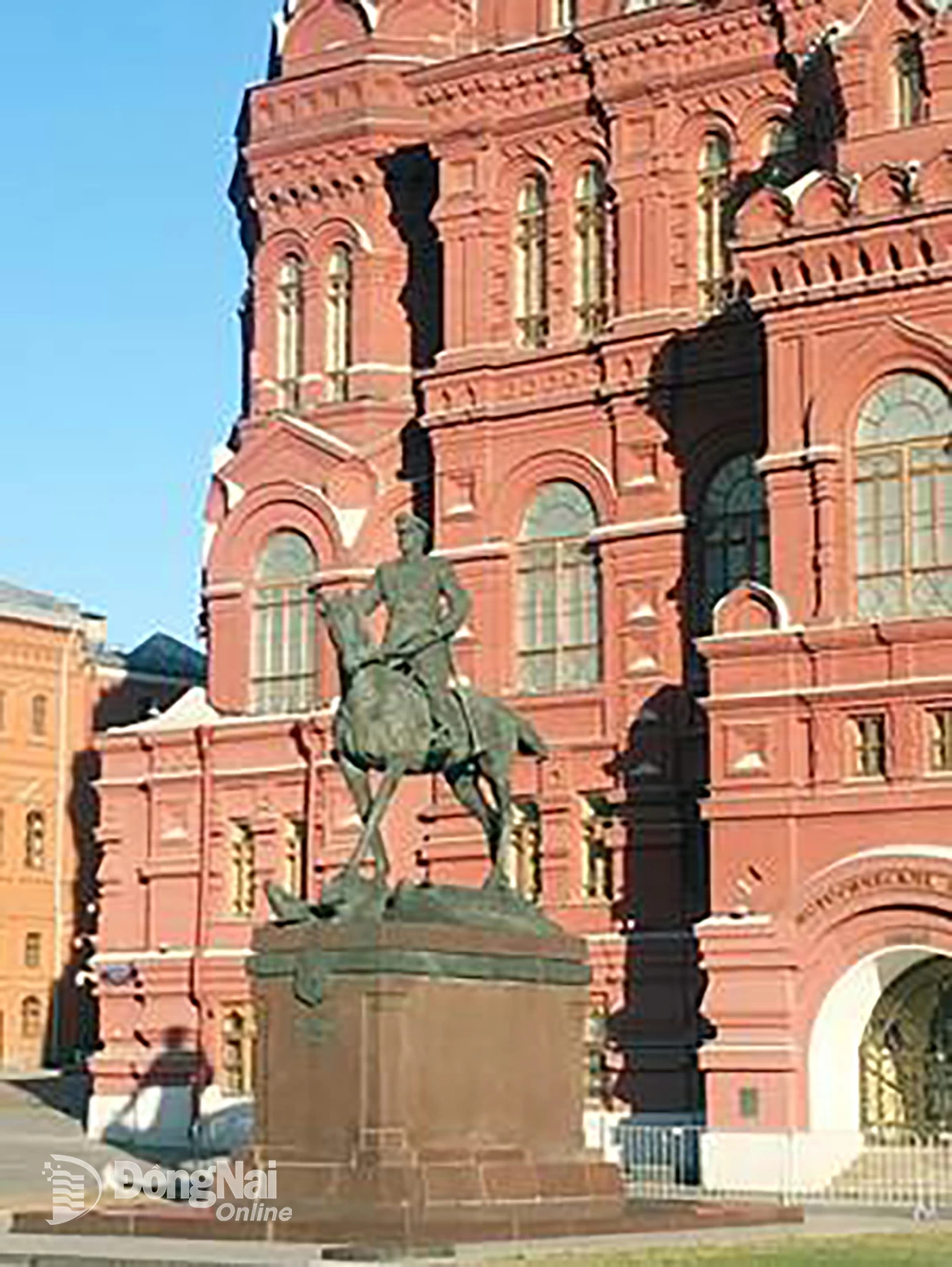









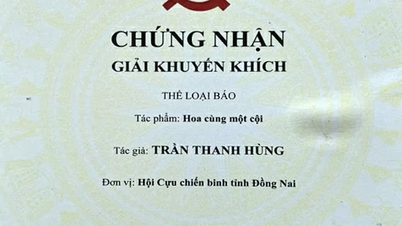













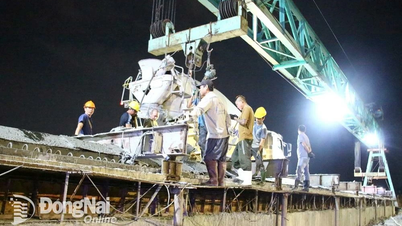
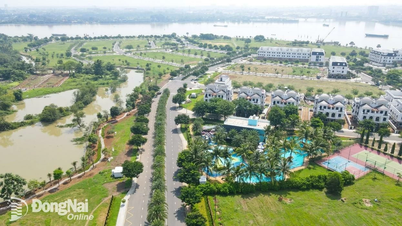


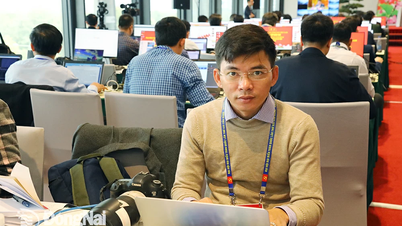
![[Photo] The 9th Congress of the Party Committee of the Office of the President, term 2025-2030](https://vphoto.vietnam.vn/thumb/1200x675/vietnam/resource/IMAGE/2025/6/20/78e7f27e8c4b4edc8859f09572409ad3)



























![[Maritime News] Wan Hai Lines invests $150 million to buy 48,000 containers](https://vphoto.vietnam.vn/thumb/402x226/vietnam/resource/IMAGE/2025/6/20/c945a62aff624b4bb5c25e67e9bcc1cb)










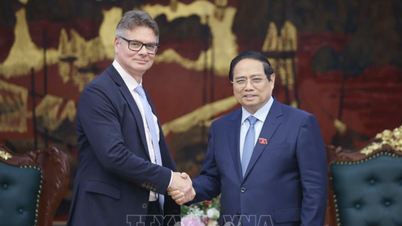




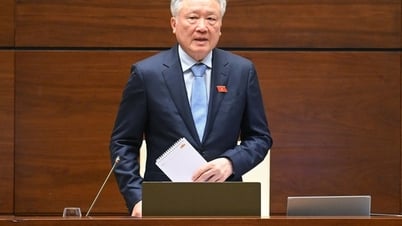




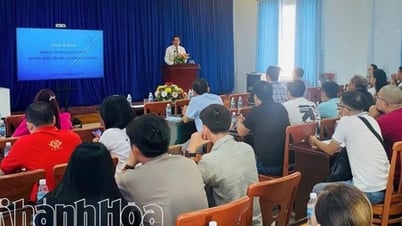







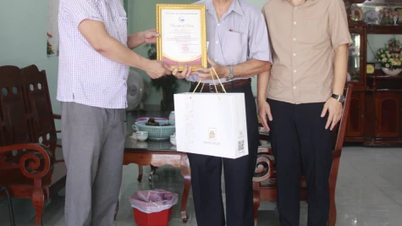











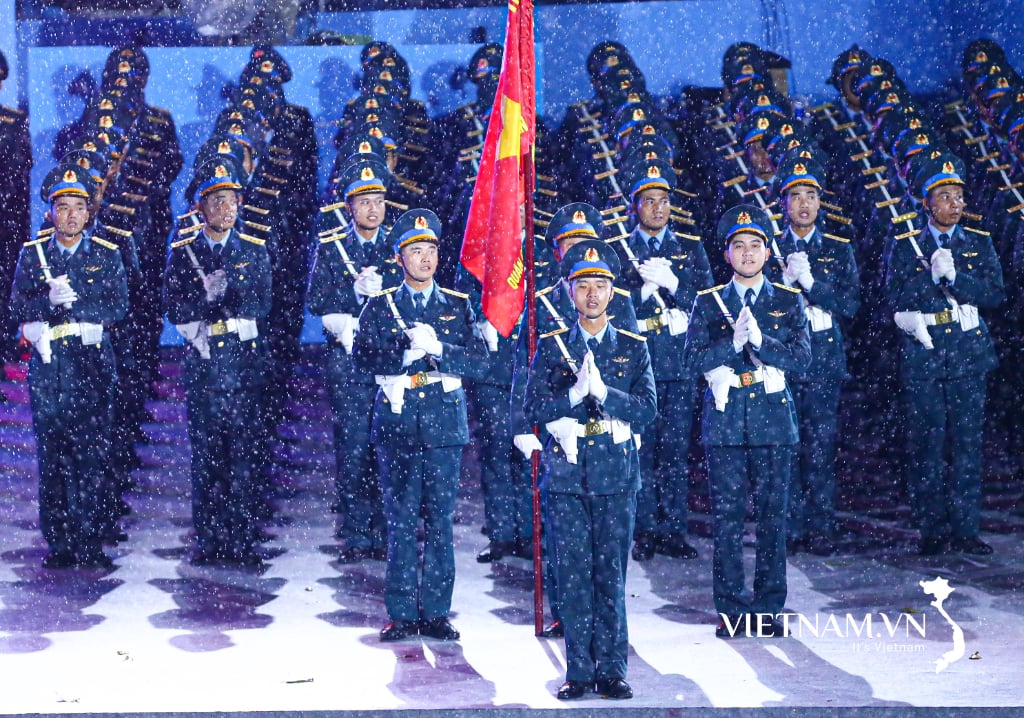
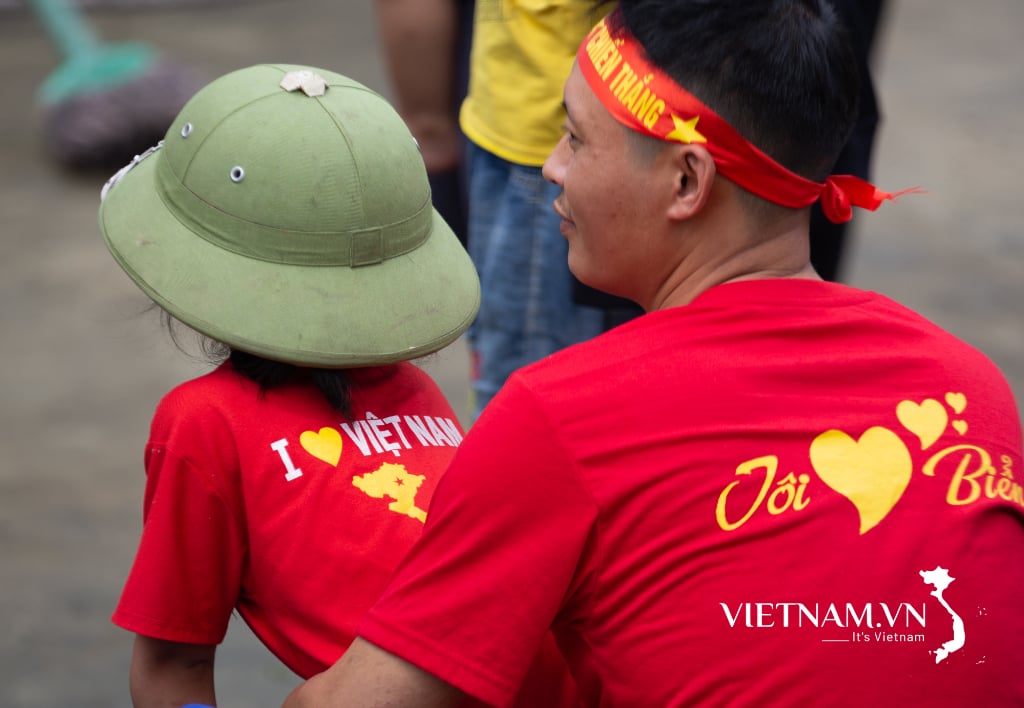

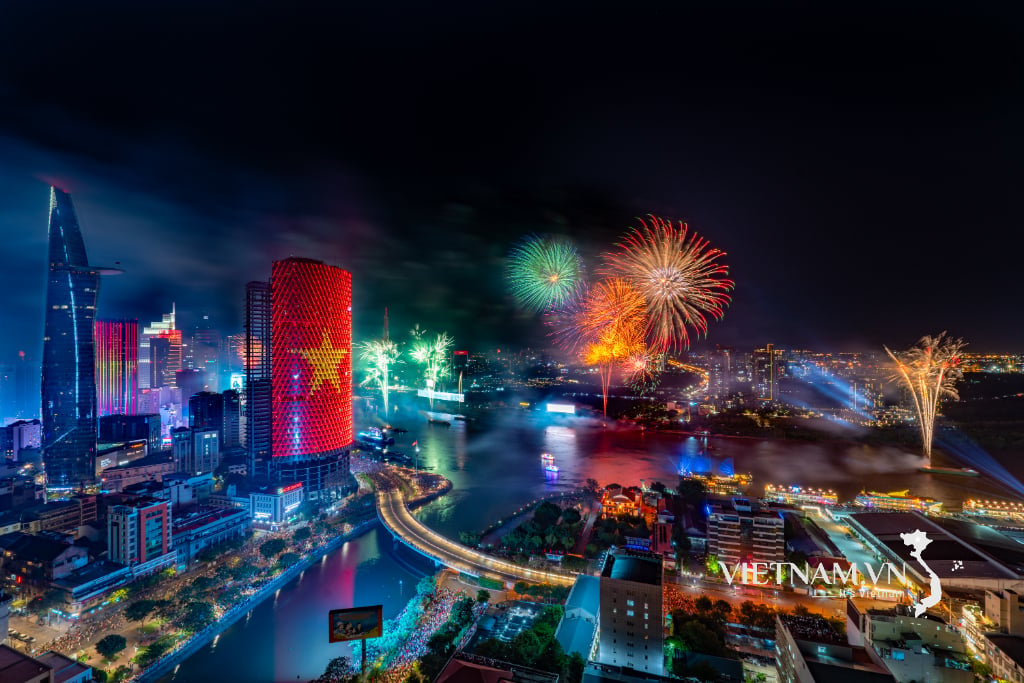
Comment (0)